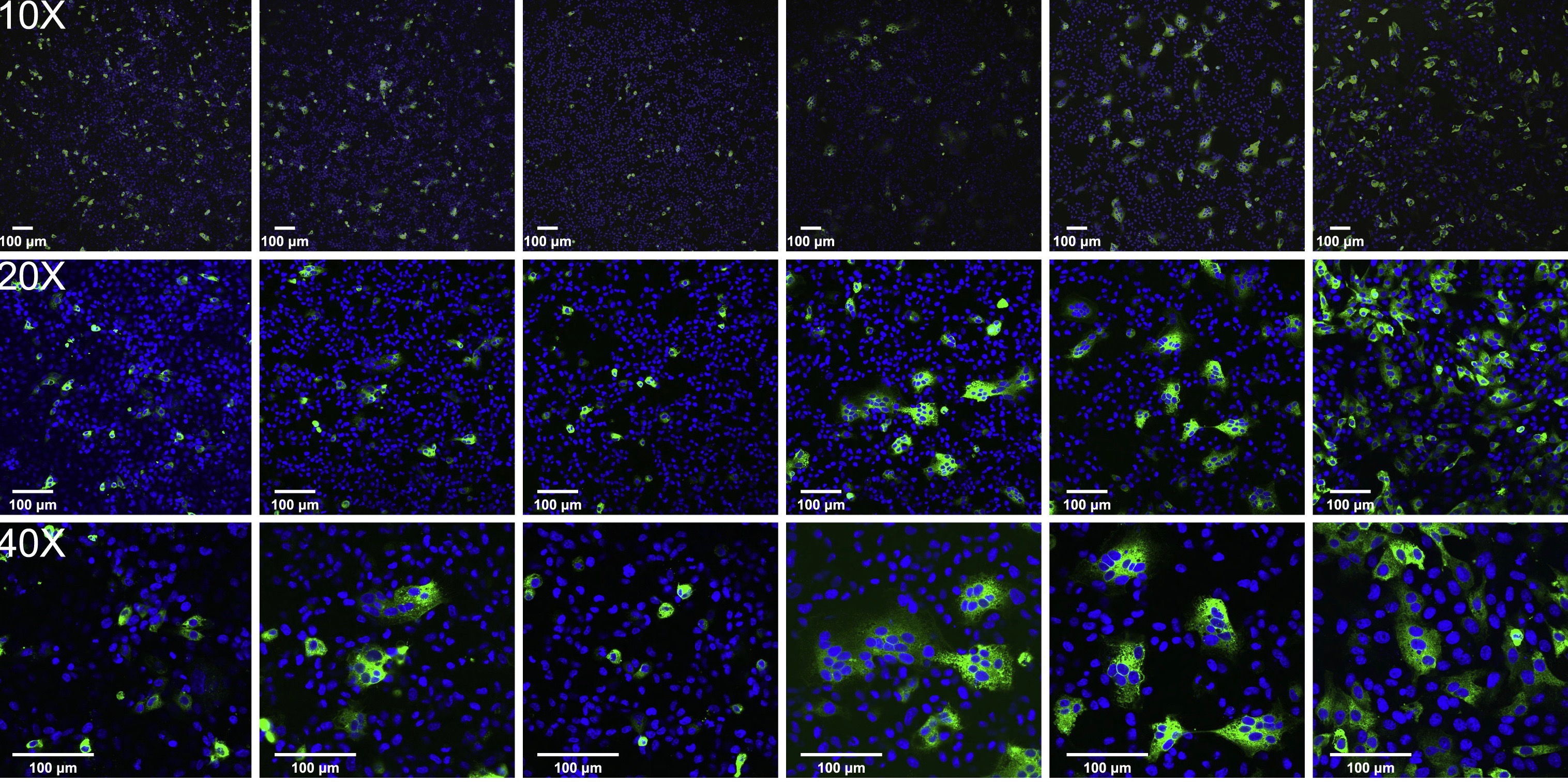
Last month, a global collaboration between scientists in the QBI Coronavirus Research Group (QCRG) and researchers from the Agency of Science, Technology and Research (A*STAR) in Singapore reported important new findings about COVID-19 neutralizing antibodies. Their paper offers new insights into the differential effects of neutralizing antibodies on syncytia, a cellular process that occurs in the airway tissues of SARS-CoV-2 infected patients and has been linked to severe tissue damage. The findings in the paper have important implications for the use of neutralizing antibodies as COVID-19 therapies. These insights into SARS-CoV-2 infection would not have been possible without the global collaboration between institutions, the origins of which long predate the virus itself.
About ten years ago, a postdoctoral researcher in the Craik lab at UCSF, Dr. Cheng-I Wang, went on to get a job at A*STAR in Singapore. When the COVID-19 pandemic started, he reached out to his former mentor Dr. Craik, a member of the QCRG team, to propose a collaborative study to learn more about the virus. Dr. Wang wanted to use cryogenic electron microscopy (cryo-EM) to study neutralizing antibodies that were being proposed to treat COVID-19. He knew from his time in the Craik lab that Dr. Yifan Cheng, an investigator at UCSF, had incredibly advanced cryo-EM capabilities at his disposal.
Dr. Craik began to call upon his collaborators in order to tackle this question. First, he recruited Dr. Cheng, a fellow HARC Grant investigator, to help conduct the cryo-EM experiments, and Daniel Asarnow of the Cheng lab took the lead on the project. He also called upon fellow QCRG investigator Aashish Manglik to engineer the antibodies to be used in the study. Dr. Wang’s initial concept was finally realized through this chain of collaboration and resource sharing, a culture that had been cultivated by the QCRG at UCSF. The existing ties among labs at UCSF with disparate technical strengths, through the QCRG, facilitated this crucial investigation into novel therapeutic treatments of COVID-19.
Commenting on the highly collaborative nature of this study, Dr. Craik remarked, “The collaboration among the different groups with complementary technologies and expertise was such that the sun never set on the project. Someone from one of the groups was working on it 24 hours of the day in some part of the world.” This kind of around-the-clock science has become more important during the COVID-19 pandemic, when time has never been more valuable, and scientists around the world are increasingly excited to collaborate to answer tough questions together.
According to Dr. Manglik, it also reflects a change to the field of structural biology that is making it possible for more scientists to conduct these kinds of advanced studies. “I’d say it’s democratized structural biology… you see high electron microscopes everywhere. So it really democratizes structural biology for anyone across the world,” he said. The QCRG collaboration has promoted this culture of collaboration and strengthened ties between scientists in structural biology and beyond, leading to more studies like this one, where ideas are not limited by the resources of any one laboratory.
To hear more about this project from the scientists who led the research, tune in to our “Science in the Time of Corona” panel on September 1st. Yifan Cheng, Charles Craik, and Cheng-I Wang will discuss the findings of their paper, and reflect upon the impact that COVID-19 has had on collaborative research. Click here to register for the live YouTube panel, we look forward to seeing you there!
by Leila Shokat